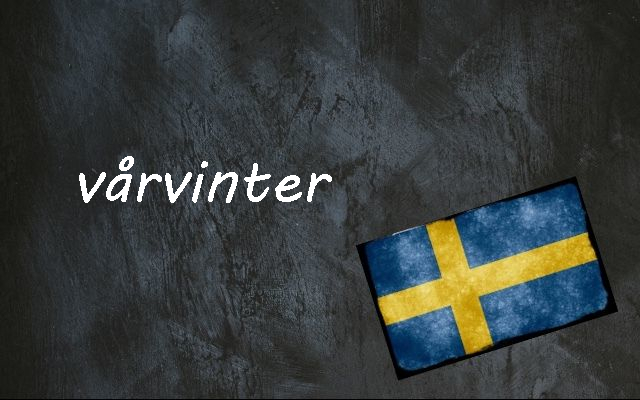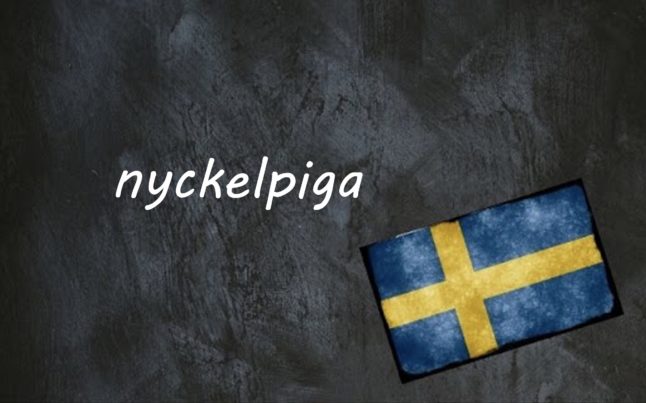Vårvinter can be broken down into vår (spring) + vinter (winter), so the meaning isn’t too tricky to work out: literally, spring-winter.
It’s used to describe the time of year in between those two seasons, and can be used as a noun, as in varje vårvinter åker vi skridskor på sjön (every year between winter and spring, we go ice-skating on the lake) or be turned into a compound noun such as det var en vacker vårvinterdag (it was a beautiful day in the period between spring and winter).
At first it might not seem especially exciting linguistically, but it feels like a very Swedish word. Something visitors or newcomers to Sweden often remark upon is the stark difference between the seasons in the Nordic nation. Winter and spring are already very distinct in Sweden, and the vårvinter time also has its own unique character.
Sweden has a very specific way of measuring the seasons. In order for the start of the winter season to be officially declared, the average temperature needs to stay below 0C for five consecutive days, and once it climbs back above zero for a full seven days in a row, the arrival of spring is marked. This means it’s possible for some towns to skip an entire season, or for the country to experience multiple seasons in different places within one day.
Vårvinter on the other hand isn’t defined so rigidly; it’s more to do with the general feeling.
It has even been called the “fifth season” by weather agency SMHI, which says: “During the latter part of winter, high pressure often means sunny days and clear, cold nights.” The sun is up for more hours of the day, and feels stronger than usual because it’s often reflected by the snow, which often melts during the day before being re-frozen during cool nights.
Vårvinter is used more in the north of the country than the south, which makes sense as these are the parts where the winter is so long that it helps to break it into two distinct sections. And in some parts of the north, the term marsapril (March-April) is also used to describe the period, where there’s still plenty of snow but also increasing sunshine.
Vårvinter is a sign of hope. It might be the time that you change from your warmest winter coat to the second warmest, start turning your heating down, or begin making plans for Midsummer. The word itself also contains a note of optimism by placing vår before vinter, suggesting the prominence of the warmer season, something which is especially welcome in a country where the winter stretches on for so many months.
Examples
Det är något underbart med vårvinter
There’s something wonderful about the late winter/early spring period
Vårvintern smälte ner till vår
The late winter period melted into spring



 Please whitelist us to continue reading.
Please whitelist us to continue reading.
Member comments